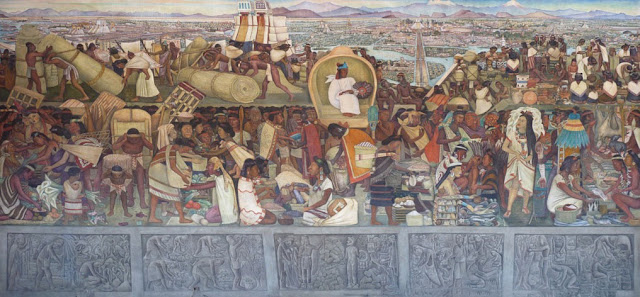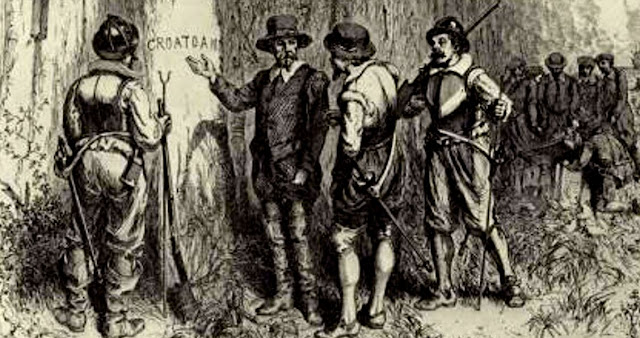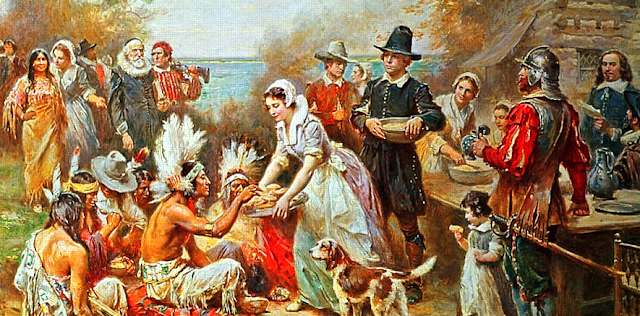Submitted by Pradyut@solver2021 (School Solver User) After the emergence of the Covid-19 pandemic along with many other sectors, the sector of education is dramatically changing. More students are now attracted to the assistance of online tutors. School solver is such a platform that connects tutors with students to help them with their homework, assignments, and projects. School Solver is currently recognized not only as the best tutoring platform in the USA but also of the entire world by a huge portion of students and tutors. It is a platform for many expert tutors with providing them regular staple income. Here is the complete guide if you want to become a School Solver tutor. Requirements to become a School Solver tutor Anyone can register as a School Solver tutor but to provide answers to the questions asked a tutor must pass School Solver Rules and Basic English quizzes. Through this process, the platform makes sure that only dedicated, serious, and qualified persons can become...
CONTENTS
- Earliest Period to 1000 CE
- Before Colonial Exploration
- Founding of the Colonies
U.S. History Timeline | Earliest Period to 1000 CE
27,000-12.000
- Though dates of earliest migration to the 'Turtle Island' of America is highly controversial; it is estimated that between 27,000 – 12,000 BCE. humans had crossed the Beringia Land Bridge, and migrated into North and then South America in different waves.
- An arrowhead; dated back to c. 15,500 BCE is oldest verified historical material in the Americas, founded in Texas.
- North American Indigenous Cultures emerged. Approximately 13,000 – 12,000 years old Human Footprints have been discovered in Calvert Island, British Columbia, Canada.
10,200 BCE: Cooper Bison Skull, painted with a red zigzag in present-day Oklahoma, is the oldest known painted object in North America.
9500 BCE: Cordilleran and Laurentide Ice Sheets had retreated enough. That change opened up a habitable ice-free corridor through the North America (northern half of the continent) along with the eastern flank of the Rocky Mountains.
1000 BCE-1000 CE: Woodland Period of Pre-Colonial Indigenous People in Eastern America.
U.S. History Timeline | Before Colonial Expansion (1-1399)
200: Pyramid of the Sun was built near modern day Mexico City.250–900: Classic Period of the Maya Civilization.
600: Emergence of Mississippian Culture in North America.
986: Norsemen reaches Greenland and Bjarni Herjólfsson sights coast of North America, but doesn't land.
1000: Norse seaman Leif Ericsson had landed in Newfoundland, which he called Vinland. Norse settled briefly in L'Anse aux Meadows in Newfoundland.
1100: Oraibi is founded sometime before the year 1100 CE. It is one among the oldest continuously inhabited settlements within the United States.
1100-1200: Cahokia near modern day St. Louis had reached its apex population.
1190: Construction began on the Cliff Palace by Ancestral Puebloans in modern day Colorado.
1325: Tenochtitlan was founded as part of the Aztec Empire.
 |
| The Great Tenochtitlan, mural by Diego Rivera |
U.S. History Timeline | Founding Of the Colonies
1400: Beginning of the European Age of Exploration.1450: Norse colonies in Greenland were abandoned. The exact reasons are not known.
1473: João Vaz Corte-Real reached a land; he called “The New Land of Cod Fish” in his journal. Most probably it was Newfoundland.
Before 1492: Population in the New World estimated before Colonial European contact is as high as 112 million people.
1492, October 12: Christopher Columbus, financed by Spain, having the first of four voyages to discover a new route to the Oriental Lands, landed accidentally on the island of Guanhani (San Salvador) in the Bahamas, discovering the so called 'New World' for Colonialist Europe.
1496: Santo Domingo, the oldest continuously inhabited European settlement in the Americas is settled.
1497: John Cabot landed in Newfoundland, inaugurating the British colonial presence in Continental North America.
1499: Tyranny and incompetence of Columbus had reached the Court.
1500: Mississippian Culture disappeared.
1507: A new world map by Martin Waldseemuller named the continents of the New World "America" in honor of Amerigo Vespucci.
1508: First European colony and oldest known European settlement in a United States territory is founded at Caparra, Puerto Rico, by Ponce de Leon.
1513:
1473: João Vaz Corte-Real reached a land; he called “The New Land of Cod Fish” in his journal. Most probably it was Newfoundland.
Before 1492: Population in the New World estimated before Colonial European contact is as high as 112 million people.
1492, October 12: Christopher Columbus, financed by Spain, having the first of four voyages to discover a new route to the Oriental Lands, landed accidentally on the island of Guanhani (San Salvador) in the Bahamas, discovering the so called 'New World' for Colonialist Europe.
1496: Santo Domingo, the oldest continuously inhabited European settlement in the Americas is settled.
1497: John Cabot landed in Newfoundland, inaugurating the British colonial presence in Continental North America.
1499: Tyranny and incompetence of Columbus had reached the Court.
1500: Mississippian Culture disappeared.
1507: A new world map by Martin Waldseemuller named the continents of the New World "America" in honor of Amerigo Vespucci.
1508: First European colony and oldest known European settlement in a United States territory is founded at Caparra, Puerto Rico, by Ponce de Leon.
1513:
- Vasco Núñez de Balboa crosses Isthmus of Panama, viewed the Pacific Ocean.
- Spanish explorer Juan Ponce de León landed on the coast of Florida. He defeated Tlaxcala, a tiny state neighboring the Aztec Empire.
1521, August 13: Hernán Cortés conquered the Aztec empire.
1524: Giovanni da Verrazzano, working for France, explored coastline from present-day Maine to North Carolina.
1534: Jacques Cartier had planted a cross on the Gaspé Peninsula (modern Quebec) and claimed the land for France.
1540: Pedro de Tovar came in contact with the Hopi people at Oraibi as part of the expedition led by Francisco Vázquez de Coronado.
1541: Hernando de Soto discovered the Mississippi River. The discovery strengthened Spanish claims to the interior of North America.
1562: Jean Ribault and 150 colonists left France for the New World. They founded Charlesfort on Parris Island in South Carolina, which was abandoned in the following year.
1564, June 22: French outpost Fort Carolina established on the banks of the St. Johns River, Florida.
1565, September: Fort Caroline was conquered by Spanish Admiral Pedro Menéndez de Avilés. He founded St. Augustine, Florida, the earliest successful Spanish, as well as European settlement in the future continental United States, becomes the first permanent European colony in North America.
1570s: Iroquois Confederacy or Haudenosaunee was founded.
1579: Francis Drake claimed the lands of California for England and Queen Elizabeth I, after landing in ‘Drake's Bay’ and then naming the land New Albion.
1585: Though Sir Walter Raleigh never set foot personally, founded Roanoke Colony, the first English settlement in the New World.
1586: Roanoke Colony was evacuated.
1587:
1590: Roanoke Colony was found abandoned.
1602: Captain Bartholomew Gosnold became the first Englishman to land on the New England coast. He had explored and named Cape Cod and Martha's Vineyard.
1605:
1570s: Iroquois Confederacy or Haudenosaunee was founded.
1579: Francis Drake claimed the lands of California for England and Queen Elizabeth I, after landing in ‘Drake's Bay’ and then naming the land New Albion.
1585: Though Sir Walter Raleigh never set foot personally, founded Roanoke Colony, the first English settlement in the New World.
1586: Roanoke Colony was evacuated.
1587:
- Re-establishment of Roanoke Colony. Virginia Dare was born on Roanoke. She is the first known English child born in the New World.
- The first Asians to set foot on what would be the United States occurred when Filipino sailors arrived in Spanish ships at Morro Bay, California.
1590: Roanoke Colony was found abandoned.
1602: Captain Bartholomew Gosnold became the first Englishman to land on the New England coast. He had explored and named Cape Cod and Martha's Vineyard.
1605:
- First capital of Acadia, belongs to France was established at Port-Royal in modern day Nova Scotia; which lasted until 1613.
- George Weymouth explored New England.
 |
| A portrait depicting Roanoke Colony found abandoned |
ALSO CLICK:-
U.S. History Timeline: Earliest Period to 1607
U.S. History Timeline: Colonial America (1607–1764)
U.S. History Timeline: American Revolution and Aftermath (1765–1799)
U.S. History Timeline: Emergence of a New Nation (1800–1849)
U.S. History Timeline: American Civil War and Reconstruction (1850-1899)
U.S. History Timeline: Progressive Era and World Wars (1900–1949)
U.S. History Timeline: Colonial America (1607–1764)
U.S. History Timeline: American Revolution and Aftermath (1765–1799)
U.S. History Timeline: Emergence of a New Nation (1800–1849)
U.S. History Timeline: American Civil War and Reconstruction (1850-1899)
U.S. History Timeline: Progressive Era and World Wars (1900–1949)

Comments
Post a Comment